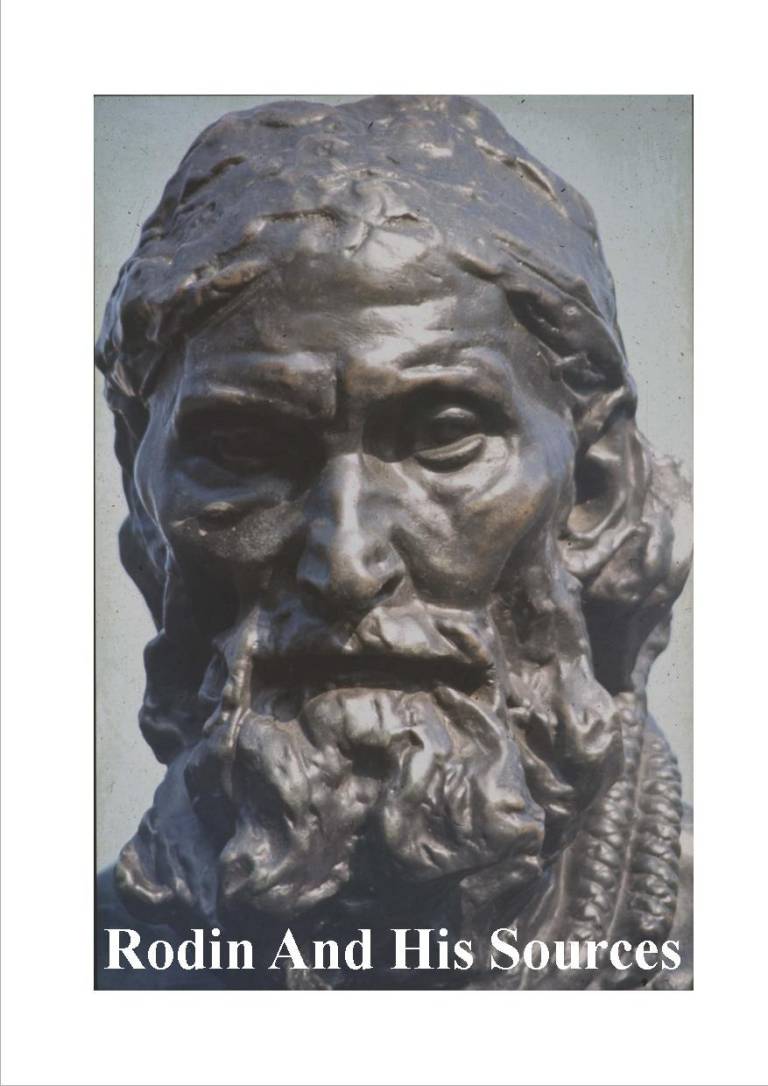RODIN AND HIS SOURCES
A controversial lecture which sets the sculptor in his historical context
The schoolboy Rodin was thought to be thick-witted, when in fact he was short sighted, and could not see the blackboard. Probably for that reason he was sent at fourteen to the “Petite Ecole” where decorative arts workmen were trained for a career carrying out other people’s designs. Frustrated in his attempts to graduate to the Ecole des Beaux-Arts (where fine artists studied) he had to earn a living making bases for plant stands and painting ceramics for the Gobelins factory. Employed on such menial work, he built up a great wish to escape from what he felt to be “slavery”. Michelangelo seemed the great model on whom to base his aspirations for recognition as a genius. On the centenary of the birth of the great Renaissance sculptor, Rodin walked to Italy to see at first hand the famous works, so many of which were incomplete through the accident of history. Many of the antiques in the Louvre have also come down to us with parts missing, and so began that tendency for Rodin to show his own figures without their limbs, or just emerging from the marble; which became his trademark and has since been widely imitated .However in his determination to be a genius by breaking the mould of what had gone before, Rodin led the art of sculpture into a dangerous rift with the patron, which has had far-reaching consequences for his successors in the twentieth century.
